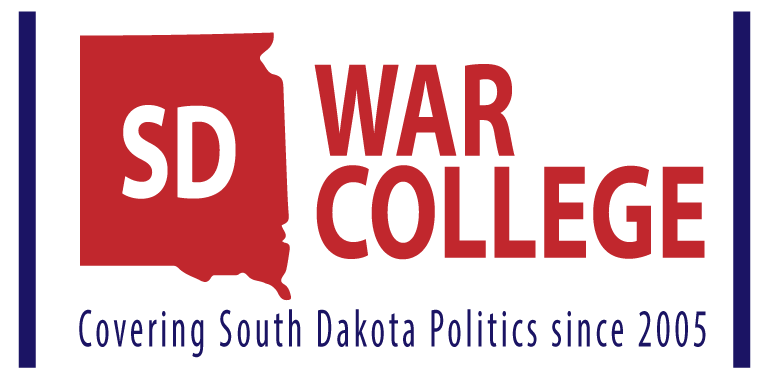Noem Outlines Agriculture’s Tax Reform Priorities
 Noem Outlines Agriculture’s Tax Reform Priorities
Noem Outlines Agriculture’s Tax Reform Priorities
Congresswoman shares tax ideas with House Ag Committee
Washington, D.C. – Rep. Kristi Noem today outlined tax reform priorities for farmers and ranchers during a House Agriculture Committee hearing.
Noem highlighted efforts to repeal the Death Tax, protect cost-recovery mechanisms in the tax code to help young producers, and develop provisions to help when purchasing land and machinery.
More specifically, Noem explained:
“Just as the Farm Bill touches every family’s life because everyone eats, tax reform will impact everyone’s life because we all pay taxes in one way or another….
“We know some areas of the tax code disproportionately and unfairly impact America’s agriculture community. This includes the Death Tax…. That’s why I’ve sponsored legislation to repeal the Death Tax and was glad it was included in the House Ways & Means Blueprint.
“Additionally, what many don’t quite realize is how highly leveraged agriculture is…. Ensuring there are adequate cost-recovery mechanisms in the tax code is essential to attracting and keeping younger producers on the farm.
“Some use a combination of interest and expensing for operating notes and equipment purchases. Because land is a principle input for agriculture, ensuring there continues to be a cost-recovery mechanism for land purchases remains a priority.
“All this said, … [p]rovisions cannot be looked at in isolation. I encourage you to view tax reform as a comprehensive package that is aimed to increase opportunity and growth for Americans from all walks of life.”
###


 Rounds, Warner Reintroduce Legislation to Provide Financial Stability to Muni Bonds
Rounds, Warner Reintroduce Legislation to Provide Financial Stability to Muni Bonds

 Congressional candidate Dusty Johnson exceeded his fundraising goal for the first quarter of 2017, raising over $127,000. This added to the $104,000 raised in the fourth quarter of 2016 shows strong support for his campaign.
Congressional candidate Dusty Johnson exceeded his fundraising goal for the first quarter of 2017, raising over $127,000. This added to the $104,000 raised in the fourth quarter of 2016 shows strong support for his campaign.
 A Supremely Qualified Candidate for the Nation’s Highest Court
A Supremely Qualified Candidate for the Nation’s Highest Court Saving Families Money with a Pro-Energy Agenda
Saving Families Money with a Pro-Energy Agenda

 Juvenile Justice Reforms Showing Promising Results
Juvenile Justice Reforms Showing Promising Results